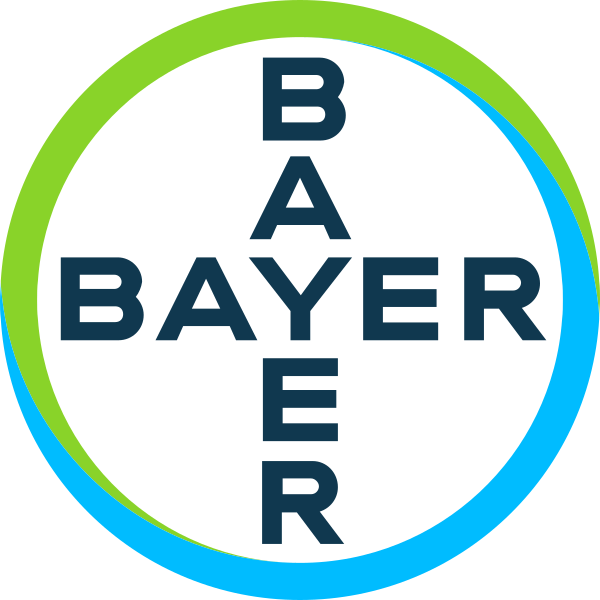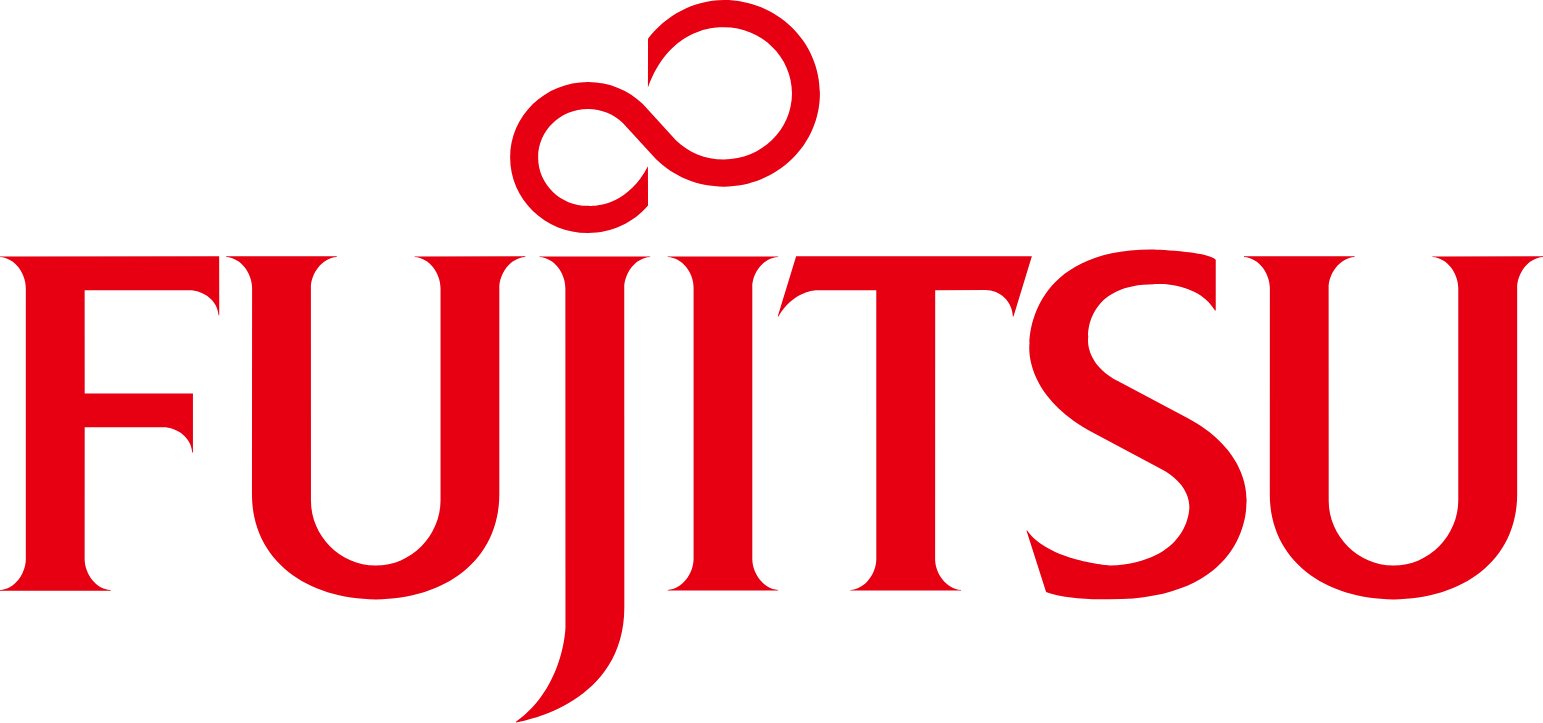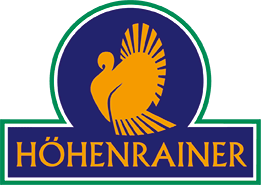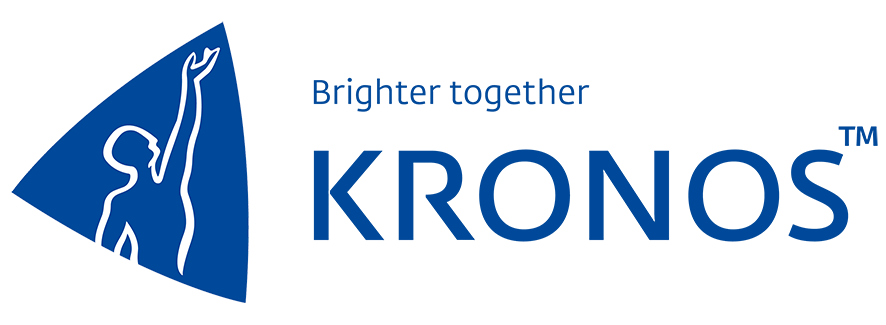Greenhouse Farming Best Practices Checklist
Template guiding greenhouse farming operations through adherence to standard best practices, ensuring efficient crop management, quality control, and minimal environmental impact.
I. Planning
FAQ
How can I integrate this Checklist into my business?
You have 2 options:
1. Download the Checklist as PDF for Free and share it with your team for completion.
2. Use the Checklist directly within the Mobile2b Platform to optimize your business processes.
How many ready-to-use Checklist do you offer?
We have a collection of over 5,000 ready-to-use fully customizable Checklists, available with a single click.
What is the cost of using this Checklist on your platform?
Pricing is based on how often you use the Checklist each month.
For detailed information, please visit our pricing page.
What is Greenhouse Farming Best Practices Checklist?
- Pre-planting Preparation
- Soil testing and amendment
- Selection of suitable crop varieties
- Irrigation system installation
- Crop Selection and Planning
- Choose high-yielding, climate-tolerant crops
- Plan crop rotation and sequencing
- Determine optimal plant spacing and density
- Soil Management
- Maintain optimal pH levels (5.5-6.5)
- Monitor and control soil temperature
- Implement integrated nutrient management
- Irrigation and Water Management
- Install drip irrigation or sprinkler systems
- Monitor soil moisture levels and adjust irrigation schedules accordingly
- Harvest rainwater for supplementary irrigation
- Climate Control and Ventilation
- Maintain optimal internal temperatures (18-30°C)
- Ensure adequate air circulation and ventilation
- Use shading materials to regulate light intensity
- Crop Monitoring and Maintenance
- Regularly inspect crops for pests, diseases, and nutrient deficiencies
- Implement integrated pest management strategies
- Monitor and control weeds
- Record Keeping and Data Analysis
- Maintain accurate records of crop yields, growth rates, and weather conditions
- Analyze data to optimize future planting schedules and crop selection
How can implementing a Greenhouse Farming Best Practices Checklist benefit my organization?
Implementing a Greenhouse Farming Best Practices Checklist can benefit your organization in several ways:
- Increased crop yields and quality: By following established best practices, you can optimize growing conditions, reducing the risk of crop failure and improving overall yield and quality.
- Improved water management: Efficient irrigation systems and precise watering schedules can help conserve water resources and reduce waste.
- Enhanced pest control and disease management: Implementing integrated pest management (IPM) strategies and using environmentally friendly practices can minimize chemical use, reducing the risk of soil contamination and protecting beneficial insects.
- Reduced energy consumption: By implementing energy-efficient technologies and optimizing greenhouse design, you can lower energy costs and reduce your organization's carbon footprint.
- Increased employee safety and productivity: A well-structured checklist can help ensure that employees follow proper procedures, reducing the risk of accidents and improving overall job satisfaction.
- Enhanced customer trust and satisfaction: By implementing sustainable practices and maintaining high-quality produce, you can build trust with customers and differentiate your organization in a competitive market.
- Compliance with regulations and standards: A Greenhouse Farming Best Practices Checklist can help ensure that your organization meets relevant laws, regulations, and industry standards, reducing the risk of non-compliance.
What are the key components of the Greenhouse Farming Best Practices Checklist?
Soil Testing and Amending Water Management and Conservation Crop Selection and Rotation Integrated Pest Management (IPM) Fertilizer Application and Organic Amendments Irrigation System Design and Maintenance Farm Waste Management Record Keeping and Data Analysis Regulatory Compliance and Certifications Labor Safety and Training
II. Crop Selection
III. Greenhouse Design and Construction
IV. Water Management
V. Climate Control
VI. Pest Management
VII. Record Keeping
VIII. Certification and Compliance
Expense Reduction
 34%
34% Development Speed
 87%
87% Team Productivity
 48%
48% Generate your Checklist with the help of AI
Type the name of the Checklist you need and leave the rest to us.
 Made in Germany
Made in Germany Fair Pricing Policy
Fair Pricing Policy




























 Certified Security and Data Protection
Certified Security and Data Protection Active Support and Customer success
Active Support and Customer success Flexible and Fully customizable
Flexible and Fully customizable